#nonplace
Text
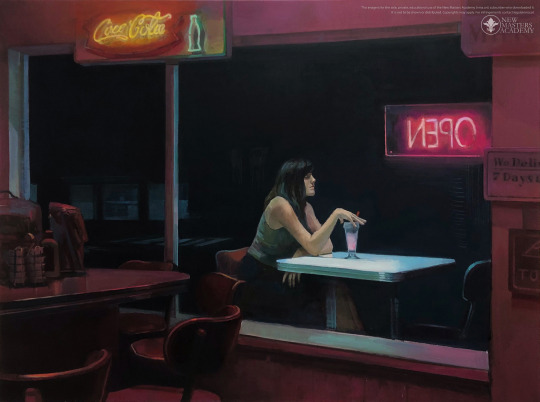
Renae Bradley nee Wang
I wanted to share the art by some art coaches that I've had a chance to talk to in recent months, starting with Renae.
Renae Wang is a California-based artist, primarily working in oil paint. Her work focuses on nocturnal landscapes and “non-places."
"Non-place or nonplace is a neologism coined by the French anthropologist Marc Augé to refer to anthropological spaces of transience where human beings remain anonymous (...)."
Personally, I love the use of color in her pieces to convey the mood and capture that liminal quality of places like a diner or parking lot at who-knows-what-time-in-the-morning. If you like work by Edward Hopper (for the non-place aspect) or maybe Keita Morimoto (for color and nocturnal scenes), I think you will enjoy her work as well.
3 notes
·
View notes
Audio
Burnt Friedman - Hexenschuss - new album of electronic polyrhythms, also available as extended versions
Hexenschuss (Extended Versions) by Burnt Friedman
The vocabulary of modern ‘Western’ music or of the so–called Global North has finally been spelled out. The ever more hasty striving to move forward led to a music that is ‘starving among this embarrassment of riches’. In those days, the music that was oscillating in a state of “permanent obsolescence” — often in short cycles of a few months — and preserved as a sign of the times in musical codes, has gone in the completely opposite direction, into a state of obsolete permanence.
In this drive forward towards refining and expanding a catalogue of superlatives, a never changing, underlying, but underdeveloped isometric schema has irreversibly and imperceptibly cemented in the body. The corresponding theory – the persisting phantom terms of academia – seek to break free of its phenomena. In contrast to this, in the music beyond the 'Global North', a nature of 'polyrhythms’ is detected, or, in other words, every beat that can not be grasped easily must therefor be a polyrhythm and African in essence.
Now, shift the focus away from the contrafactual cultural connotations of the record sleeve towards the animating principle of the music, the phenomenological vectors of rhythm and view ‘groove‘ as the intrinsic attribute of regular harmonic motion patterns. This formulaic, animating principle is solely based on the law of the octave (doubling and halving). It appears repetitive, or circular in nature as opposed to linear and progressive. Such a formula is derived from a recurrent, balanced body movement from which every impulse originates as something sensed, as opposed to being subject to will or notation. What sounds merely technical or sophisticated in theory turns out to be basal in practice. It can also be grasped as an energy structure. In other words, a controlled regular movement yields stable interrelated time intervals with the least expenditure of energy.
In 'grooving', or 'composing a guiding path' all those involved (sequencer, drummer, dancer, etc.) become attuned to one another in a resistance against arbitrary dictates such as cultural appropriation, man–made aesthetic framework or notions of folklore. Such a 'guiding path' seeks to dispense with taste as much as possible, ultimately in favour of an experience of harmonic accordance, strangeness, displacement and not least, freedom.
(Burnt Friedman)
In regard to the people depicted on the cover:
The Andamanese are the indigenous peoples of the Andaman Islands, part of India's Andaman and Nicobar Islands union territory in the southeastern part of the Bay of Bengal in Southeast Asia.
They have lived in substantial isolation on the islands for thousands of years. Although the existence of the islands and their inhabitants was long known to maritime powers and traders of the South– and Southeast–Asia region, contact with these peoples was highly sporadic and very often hostile; as a result, almost nothing is recorded of them or their languages until the mid-18th century. Until this period, the Andamanese were preserved from outside influences by their fierce reaction to visitors, which included killing any shipwrecked foreigners, and by the remoteness of the islands. The various tribes and their mutually unintelligible languages thus are believed to have evolved on their own over millennia. Some of the tribe members were credited to having supernatural powers. They were called oko-pai-ad, which meant dreamer. They were thought to have an influence on the members of the tribe and would bring misfortune to those who did not believe in their abilities. When the British first established a colonial presence on the Andaman islands, there were an estimated 5,000 Great Andamanese living on Great Andaman and surrounding islands, comprising 10 distinct tribes with distinct but closely related languages. From the 1860s onwards, the British established a penal colony on the islands, which led to the subsequent arrival of mainland settlers and indentured labourers, mainly from the Indian subcontinent. This coincided with the massive population reduction of the Andamanese due to outside diseases, to a low of 19 individuals in 1961.
Music composed and produced by Burnt Friedman 2019 – 2022
Published by Freibank
Cover photography – 1875, photographer unknown, group of Andamanese people, person in tropical suit presumably German ethnologist and explorer Fedor Jagor
2 notes
·
View notes
Text
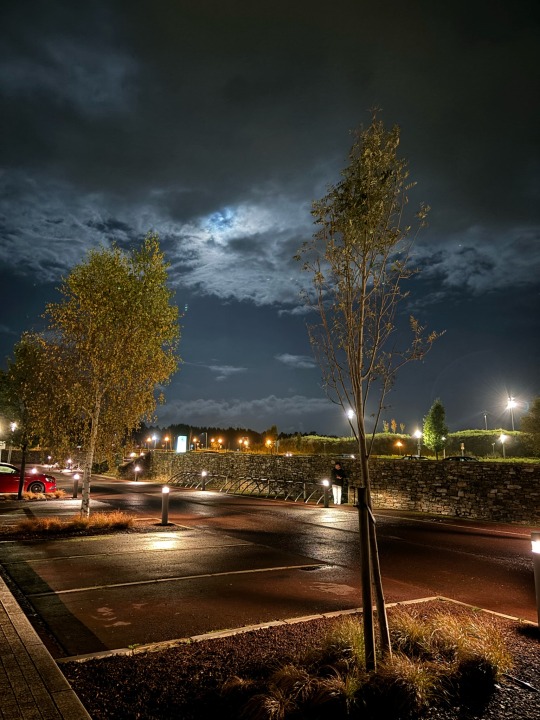
Atopar beleza nun parking grazas á luz irisada da Lúa.
0 notes
Photo
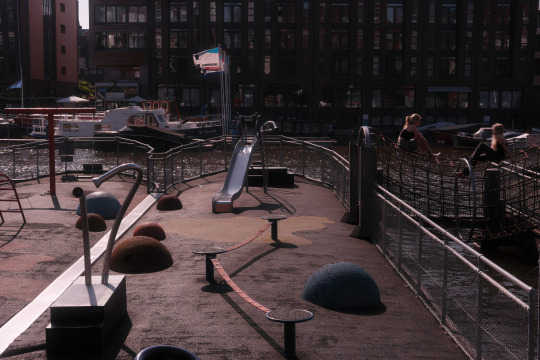


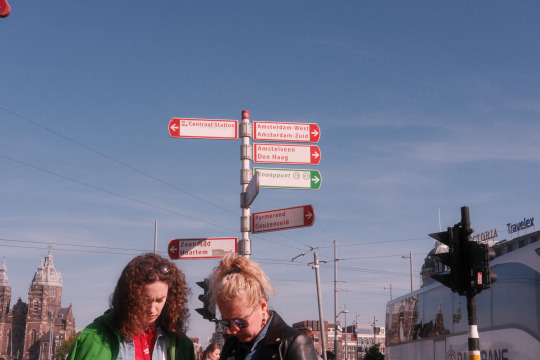


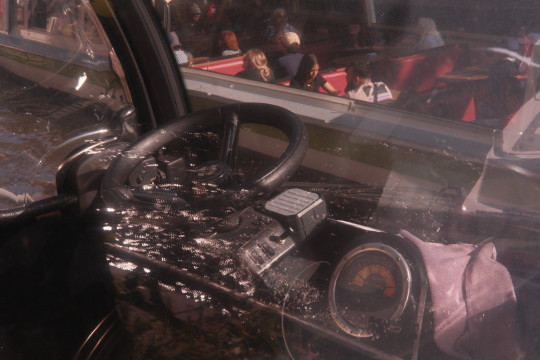

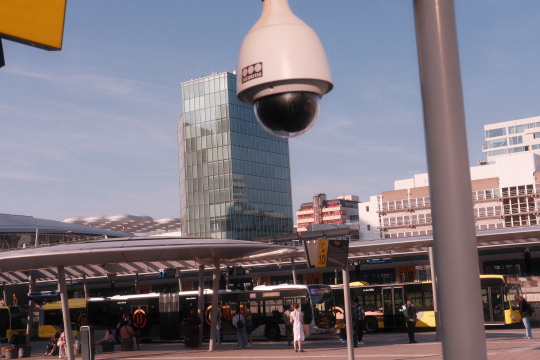

1 note
·
View note
Photo
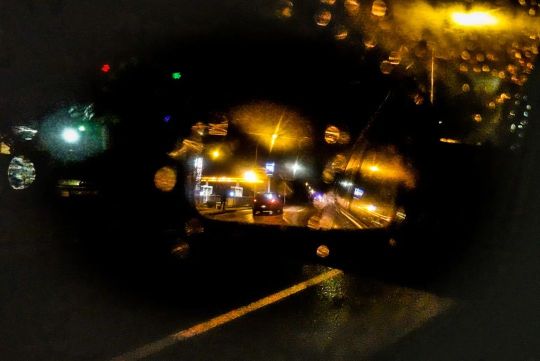
🚩Lissone / Gas Station🚩 • • • • • Camera 📸: #SonyRx100 M7 Edit 👨💻: @lightroom • • • • • #lissone #fotografiaurbana #ig_brianza #monzaebrianza #nonplace #nonluogo #nonlieu #gasstation #stazionediservizio #gasstationphotoshoot • • • • • #urbanshoot #nonstopstreet #streetphotography #urbanphotography #fotografiadistrada #urbanstreetphotogallery #italianstreetphotography #streetphotographytribe #Rx100VII #Rx100M7 #madewithlightroom #lensculture #street_storytelling #capturestreet #StreetHunters @effe4.0 @nonstop_stree (presso Lissone) https://www.instagram.com/p/CpHpjkGIabF/?igshid=NGJjMDIxMWI=
#sonyrx100#lissone#fotografiaurbana#ig_brianza#monzaebrianza#nonplace#nonluogo#nonlieu#gasstation#stazionediservizio#gasstationphotoshoot#urbanshoot#nonstopstreet#streetphotography#urbanphotography#fotografiadistrada#urbanstreetphotogallery#italianstreetphotography#streetphotographytribe#rx100vii#rx100m7#madewithlightroom#lensculture#street_storytelling#capturestreet#streethunters
1 note
·
View note
Audio

The Embassadors feat Michel Ongaru - Healing The Music (Nonplace, 2008)
#the embassadors#michel ongaru#burnt friedman#nils wogram#nonplace#electronic#jazz#global#germany#berlin#2008#2005-2009
0 notes
Photo

Unassuming metal fence . #summerwalk #shadowwork #nonplace #ordinary #unassuming #instawalk (at Mantua, Italy) https://www.instagram.com/p/CfFWFOToPjs/?igshid=NGJjMDIxMWI=
0 notes
Text
travis in doomcoming saying “none of us are here” vs coach in doomcoming saying “love is everything, it’s the whole reason that we’re here”
if love is the whole reason that they’re there, but none of them are there, and love is everything, then are they . . . nowhere?
#Yellowjackets#idk if this is anything but like. I went it to be#the forest as a liminal nonplace#oh fuck *want
9 notes
·
View notes
Video
youtube
nonplace urban field -- whimp
11 notes
·
View notes
Photo

Nonplace Urban Field (Bernd Friedmann)
at Festival pomladi, Ljubljana, Slovenia 2008
source: wikimedia
📸: Špela Škulj flikcr
4 notes
·
View notes
Photo
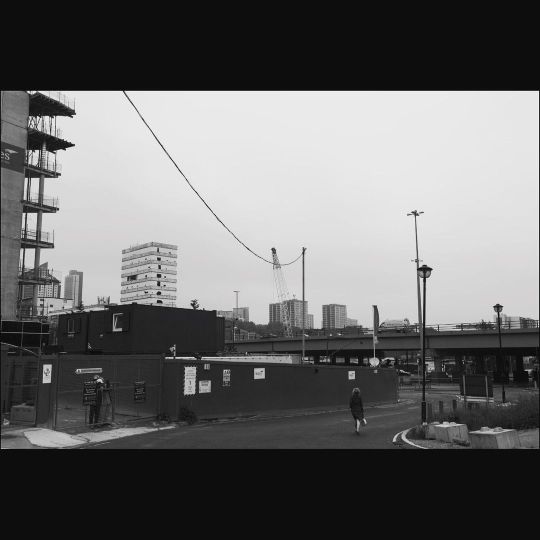
Quarry Hill in transition from A Window on Time. #quarryhill #changingleeds #disappearingcity #soyo #spectrality #nonplace #liminality https://www.instagram.com/p/CqCzKZ9Muja/?igshid=NGJjMDIxMWI=
0 notes
Text
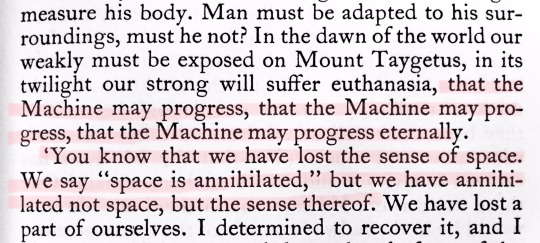
5 notes
·
View notes
Text

Rolleiflex 6x6, A Coruña. No lugares by @andres-irrazabal
#non places#coruña#blackandwhite#filmphotography#6x6#rolleiflex#filmisnotdead#mediumformat#nonplaces#nolugares#analogicphotography#analogphotography#analog photography#ilfordfilm#ilfordhp5#liminal photography#liminal#andres irrazabal#andres-irrazabal#irrazabal_studio
1 note
·
View note
Photo

https://www.derstandard.at/story/2000036852096/exkursion-an-nicht-orte-damit-die-wirklichkeit-geiler-wirkt
0 notes
Text
“The history of modern democracy is, at bottom, a history with two faces, and even two bodies—the solar body, on the one hand, and the nocturnal body, on the other. The major emblems of this nocturnal body are the colonial empire and the pro-slavery state-and more precisely the plantation and the penal colony... The colonial world, as an offspring of democracy, was not the antithesis of the democratic order. It has always been its double or, again, its nocturnal face.... As Frantz Fanon indicated, this nocturnal face in effect hides a primordial and founding void—the law that originates in nonlaw and that is instituted as law outside the law. Added to this founding void is a second void—this time one of preservation. These two voids are closely imbricated in one another. Paradoxically, the metropolitan democratic order needs this twofold void, first, to give credence to the existence of an irreducible contrast between it and its apparent opposite; second, to nourish its mythological resources and better hide its underneath on the inside as well as on the outside. In other terms, the cost of the mythological logics required for modern democracies to function and survive is the exteriorization of their originary violence to third places, to nonplaces, of which the plantation, the colony, or, today, the camp and the prison, are emblematic figures.”
– Achille Mbembe, Necropolitics
234 notes
·
View notes
Text
There’s a saying: Character is what you are in the dark. Its meaning is simple. Anyone can be a hero when the world is watching. When the world isn’t, when you could get away with murder or mercy and it wouldn’t matter, when there is no one to point and judge… that matters. That is the measure of your humanity.
Helsknight is sharpening his sword. He has been sharpening his sword, alone in his home, for over an hour. It was already sharp when he started. The edge hasn’t seen enough wear to be anything but. It’s been days since his last bout in the Colosseum. He made a ruthlessness of himself there, in front of hundreds -- thousands of people. He shouldn’t have done that. He remembered the showrunner criticizing him as he fled down the steps into the cells below.
“You could have at least tried to put on a show, Hels!”
He hated when people called him that. Hels. It felt… wrong. The place, hels, was the pit of everything left behind and unwanted. Stuck in some facsimile of the nether, inhabited by the dark unvirtues of a thousand different worlds. The place, hels, wasn’t even important enough to warrant a capital letter. It was a proper noun wasn’t it? A place. Calling it hels made it feel like something lesser, made it feel like a nonplace. Not the World, land. Not a God, deity. Not a living Hels.
He was knighted for a reason.
Knighthood puts a lot of stake by character. Doesn’t matter what kind, really, as long as it follows rules, and Helsknight is good at following rules. Putting order to the universe feels… nice. Like scratching an itch. That’s another good saying: scratching an itch. An itch on the skin is so easy to underestimate. It’s just an itch, until you can’t scratch it. Then it’s agony. Then it’s skin crawling off skin crawling off sinew and bone. An itch can be anything. It can be an allergy, an insect, a mortality. Once his only warning before a respawn in the Colosseum was the itch that told him a hit to the back of his head had gone through his skull instead of skipping off his helm. The itch had been blood running down his neck, before realization and void. Finding order felt like that; the itch from a trickle of blood, felt like scratching the itch and mending the wound.
It’s an interesting exercise in restraint, not scratching an itch. It’s also an exercise in madness, futility, and pain. The itch gets uncomfortable until it hurts. Sometimes it spreads. Your body twitches. You start to convince yourself you’ve never known what it's like to live itchless. You start to feel empathy for people that you’ve never met -- those mystical people with skin diseases or allergic reactions or plant rashes. You start to wonder if pain is really, actually the worst thing you can inflict on someone.
Sometimes, Helsknight itches underneath his skin. That is real madness. An itch so deep even peeling your skin can’t scratch it.
Helsknight takes his sword off the whetstone, holds it up to a lantern to inspect it. The blade is sharp. The netherite is pristine. The enchantments glitter. He tosses it none-too-gently to the floor, listening to the ringing clatter as it tumbles across the floor. One of the tiles chips and goes plinking off like a dropped penny. The netherite stays sharp. It’s a good sword, the kind that feels indestructible. He was told once by a smith that a good netherite sword with the right enchantments can cut through iron like a knife through butter.
Helsknight always has a sharp sword. It’s expected of him. It isn’t a knight’s expectation, not really. Knights do more law keeping in hels than the lawmen, and less dangerously. There’s something to be said about a person in plate armor. No, people just expected Helsknight to have teeth. He couldn’t blame them, when he reacted the way he did on the Colosseum floor. Temperamental people have teeth, get dangerous, and bite. Even people who like him treat him like he’s rabid, only docile and slow right before the lunge. He doubted any of them had ever really seen what a rabid animal is like. Uncanny. Or maybe they had, and that was why they tiptoed like that. Maybe he is uncanny.
Helsknight stands and runs his hands through his hair. He doesn’t like sleeping in this house. It’s too quiet. That’s why he’s awake, sharpening his sword, but it doesn’t feel right staying in the Colosseum cells. Unwelcome. People talk about him, or they don’t. It’s hard to tell. People just kind of… fall silent. Paranoia dictates they’re talking about him. A rabid animal itching in its skin longs to bite and spread the disease. They watch him like he’s about to bite.
He doesn’t know how to smile, put them at ease. It feels weird on his face. Besides, it’s not expected. Helsknight doesn’t smile. When he does, surely it's a bad thing. Helsknight doesn't talk. When he does, he must be angry. Helsknight carries a sharpened sword. If he doesn't, something is wrong. Helsknight is. Hels isn’t.
Helsknight was knighted for a reason. He’s good at following rules.
Helsknight crosses to his lantern and turns out the light. In the dark, he stands alone in an empty room, listening to the world outside, and suddenly very aware of the sword he’s sharped and cast away so carelessly on the floor. He could stand here forever and it wouldn’t matter.
Outside, a group of people laugh uproariously as they walk down the street. It’s night in hels, or a late hour at least. They sound happy. They talk so easily to each other, conversations rolling around hiccups and stutters of joy, rivers running. There truly is still water in hels, nether or not. There’s an itch under Helsknight’s skin.
There’s a saying: Character is what you are in the dark. Its meaning is simple. Anyone can be a hero when the world is watching. When the world isn’t, when you could get away with murder or mercy and it wouldn’t matter, when there is no one to point and judge… that matters. That is the measure of your humanity.
In the dark, Helsknight wonders if he even exists.
#the barking writer#helsknight#character study#loneliness#kind of#i dunno#vent#kind of?#its been a complicated weekend emotion-wise#sometimes you just feel trapped and lonely you know#i spent too much time as a kid being happy for solitude#now people expect me to enjoy it -- and i'm too awkward to prove them wrong#anyway this is somewhat inspired by sleep token#ya'll cant just drop a phrase like 'im a waking hell and the gods grow tired'#and expect me not to get emo about it every time i have 3 seconds to myself
109 notes
·
View notes